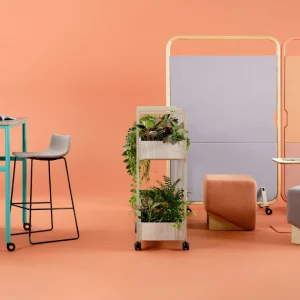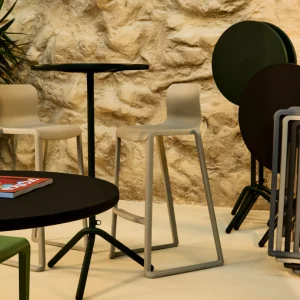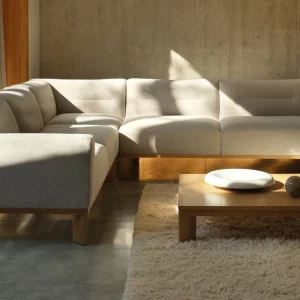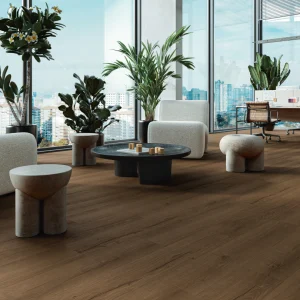The COTE Top Ten Green Projects program, now in its 14th year, celebrates projects that are the result of a thoroughly integrated approach to architecture, natural systems and technology.
The 355 Eleventh, Matarozzi/Pelsinger Building, San Francisco by Aidlin Darling Design, is a LEED-NC Gold adaptive reuse of a Historic industrial building. The design team incorporated subtle perforations into the new zinc cladding to allow light and air into the occupied spaces beyond, maintaining the stoic character of the original building without the visual introduction of new fenestration.
The Water Resources Center at Watsonville, California, by WRNS Studio is a functional, educational and visual extension of the water recycling plant it supports. The new 16,000 square feet building consolidates three different city and county water departments into a workspace that allows for thoughtful and continuous collaboration on issues of water management, conservation and quality in the Pajaro Valley. The facility includes administrative offices, a water quality lab, educational space and a design that puts the story of water in California on display.
The new campus of the King Abdullah University of Science and Technology (KAUST) is the Kingdom of Saudi Arabia’s first LEED certified project and the world’s largest LEED Platinum project. By integrating sustainable measures into the site planning, the community, the building design and the campus operations, the university is demonstrating new ways to build in the region and promoting responsible stewardship of the environment.
Replacing a brownfield site, Kroon Hall, Yale University was honored with being a net zero energy building. The Hopkins Architects and Centerbrook Architects & Planners and the University wanted Kroon Hall to set a new standard for schools around the country to function as a sustainable overlay. This was accomplished through a mix of active and passive design measures and visible, invisible and interactive building features.
Manassas Park Elementary School + Pre-K, Manassas Park by VMDO Architects is fundamentally designed around the premise that people, especially children, cannot be expected to preserve or protect something they do not understand. Interior extended learning spaces offer intimate views of the neighboring mixed oak forest, while elementary classrooms face shady moss and fern-covered learning courtyards featuring ‘fallen’ trees and other particularities of an eastern deciduous forest floor.
Manitoba Hydro Place in Winnipeg was designed by Kuwabara Payne McKenna Blumberg Architects and Smith Carter Architects and Engineers, for utilizing a formal integrated design process. While targeting LEED Platinum certification, Manitoba Hydro Place has achieved its goal of a superior indoor environment for the health and well-being of its employees.
Michael J. Homer Science & Student Life Center, Atherton, California by Leddy Maytum Stacy Architects is a 44,109 square feet building and incorporates a hybrid program of eight science classrooms, a 700-seat auditorium, a 350-seat dining hall with full commercial kitchen, and administrative offices.
Omega Center for Sustainable Living at Rhinebeck, New York, by BNIM Architects is a purposeful building, designed to clean water, return the clean water to the local systems, and educate users about the process. Eco-Machine technologies were selected to clean the water utilizing natural systems including the earth, plants and sunlight. The entire building and water process utilize site harvested renewable energy achieving a net zero energy system.
The Special No. 9 House in New Orleans, by KieranTimberlake was designed for the Make It Right Foundation to provide storm-resistant, affordable, and sustainable housing options for the residents of New Orleans’ Lower Ninth Ward displaced by Hurricane Katrina. To support Make It Right’s goal of building 150 homes in the Lower Ninth Ward, this single-family home is poised for mass production, anticipating a shift from on-site to off-site fabrication as more homes are scheduled for construction.
Twelve|West in Portland by Zimmer Gunsul Frasca Architects is a 23-storey mixed-use building designed with sustainability and ongoing learning as integral goals. Twelve|West was designed to achieve the highest levels of urban sustainability, and is expected to earn a Platinum rating under LEED NC overall and LEED CI for the office floors. An emphasis was put on selecting low-impact materials, including salvage, reclaimed and FSC-certified wood. Much of the concrete building structure is exposed on the interior minimizing the use of finish material and providing ample thermal mass.





